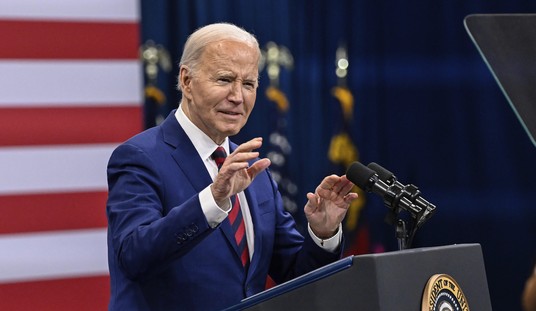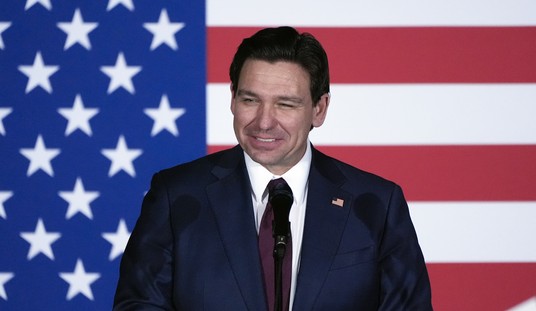In a monetary version of shock-and-awe, the Federal Reserve unleashed a massive easing move with its FOMC policy announcement Tuesday -- one that represents a sea change in central-bank operations.
For starters, Bernanke & Co. established a new target range for the federal funds rate of zero-to-one-quarter percent. That’s right: zero-to-one-quarter percent. In doing so, the Fed is abandoning its fed funds target and essentially following Treasury bill rates in the open market, which have been trading close to zero for many weeks. The Fed also signaled the near-zero funds rate could last for “some time.”
However, the really big news is not the fed funds target. It’s this sentence:
“The focus of the Committee’s policy going forward will be to support the functioning of financial markets and stimulate the economy through open market operations and other measures that sustain the size of the Federal Reserve’s balance sheet at a high level.” (Italics mine.)
The Fed goes on to say it will purchase large quantities of agency debt -- meaning Fannie and Freddie -- and more mortgage-backed securities (quite possibly toxic assets). In other words, it wants to drive mortgage rates down. What’s more, the Fed may buy long-term Treasury securities, also to drive bond yields lower. And it will purchase the Term Asset Backed Securities Loan Facility in order to finance consumer-related bonds and pump liquidity to consumer lenders.
Recommended
The message here is that Bernanke & Co. is locked and loaded, ready to shoot every last bullet to help credit markets and the economy. In particular, the Fed is formally adopting a Milton Friedman-type approach that is directed at expanding its balance sheet and stimulating the economy.
The Fed’s balance sheet already has more than doubled from roughly $900 billion to $2.2 trillion. For all we know it may soon double again. Money-supply measures are already growing at 7 to 8 percent.
And while some economists worry about higher future inflation from all this money-creation, Tuesday’s consumer price report actually showed deflation of 10 percent annually over the past three months. That gives the central bank ammunition to ignore inflation and aim instead for a massive monetary easing.
Will it all work? In the short-run it may. But is a near-zero interest rate, and even more pump-priming, really the best longer-term solution? It’s still troubling that Fed policy lacks a true anchor or compass. In the past, targeting the economy alone has resulted in higher inflation. That’s why many conservatives wish the central bank would keep a sharp eye on the value of the dollar and commodity prices (including gold).
While energy and other commodity prices have experienced a wicked plunge since the summer, in recent days -- ahead of the Fed’s new policy decision -- the dollar has fallen and commodities have rebounded. But the question is this: In the future, will the Fed be able to unwind its huge cash-liquidity injections? The same can be asked about government bailouts for banks and quite possibly Detroit. Yes, this is an emergency. But it’s also unprecedented government intervention in the economy. How we restore traditional free-market capitalism remains unsaid and unknown. That is worrisome.
Stocks cheered the Fed’s move by rallying nearly 400 points on Tuesday. Savvy investors Ken Heebner and Robert Doll -- two financial and political conservatives -- strongly endorsed the Fed moves on CNBC. This massive easing almost certainly underscores the likelihood that stocks bottomed on November 20. Both the monetary surge and the upturn in equities are pointing to economic recovery next spring or summer.
Meanwhile, on the fiscal policy front, everyone has been focusing on Obama’s huge big-government-spending infrastructure play. But Team Obama is also drawing up plans for a massive purchase of mortgages in order to get long-term borrowing rates down to 4.5 percent -- a full percentage-point drop. The specifics are sketchy, but there’s no question the Obama Treasury, led by Tim Geithner, will be working hand-in-glove with Geithner’s former Fed boss Ben Bernanke to drive down mortgage rates and stop the housing slump.
Perhaps Bernanke himself scored a few points with his historic shock-and-awe easing move. It’s as though Bernanke is telling the new president: Hey, I’m on your team.
But I still believe the best economic stimulus would be a move to cut tax rates across-the-board for individuals and businesses. No matter how much money the Fed prints, or how many roads or mortgages Uncle Sam buys, none of it creates new incentives for private enterprise, risk-taking, and investment.
To complement the Fed’s easy money, permanent tax cuts would increase the production and investment that would soak up the excess money and create non-inflationary growth. Alas, supply-side tax cuts are nowhere to be found right now.

























Join the conversation as a VIP Member